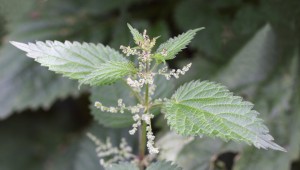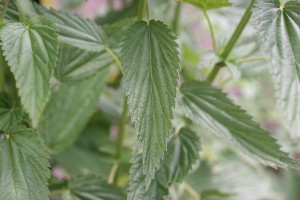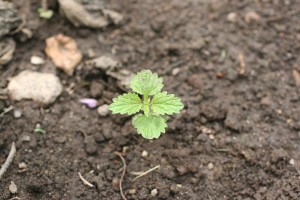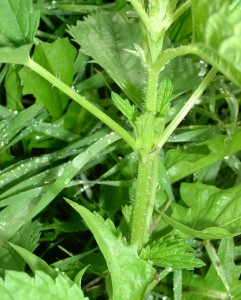
Stinging nettle – Urtica dioica
Urtica dioica L.
Urticaceae (Nettle family)
MI Status
Native
Life cycle
Erect, rhizomatous perennial.
Leaves
Opposite, egg- to lance-shaped with a rounded base and pointed tip. Petiolated leaves have coarsely toothed margins, smooth surfaces to a few hairs beneath and long, stinging hairs on the lower surface. Contact with stinging hairs can cause a skin irritation.
Stems
Four-angled, herbaceous stems are usually erect and unbranched, up to 6 feet tall and covered with stinging hairs. Contact with stinging hairs can cause a skin irritation.
Flowers and fruit
Inconspicuous, green to yellow flowers are formed in clusters in the upper leaf axils. The seed is enclosed in a single-seeded, tan, egg-shaped fruit.
Reproduction
Seeds and rhizomes that form extensive colonies.





Other Documents in this Series
You Might Also Be Interested In
-
Filter Method for Sampling for Spotted Wing Drosophila Larvae
Published on April 11, 2024
-
New video on sampling berries for spotted wing drosophila to guide your IPM program
Published on April 11, 2024
-
New version of Airblast 101 sprayer handbook now available
Published on January 12, 2021
-
West central Michigan small fruit update – July 10, 2024
Published on July 11, 2024
-
West central Michigan small fruit update – July 3, 2024
Published on July 3, 2024
Accessibility Questions:
For questions about accessibility and/or if you need additional accommodations for a specific document, please send an email to ANR Communications & Marketing at anrcommunications@anr.msu.edu.



 Print
Print Email
Email



